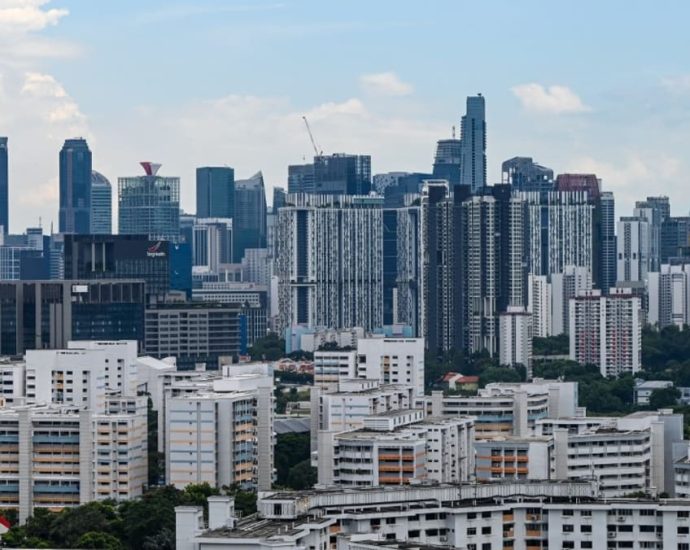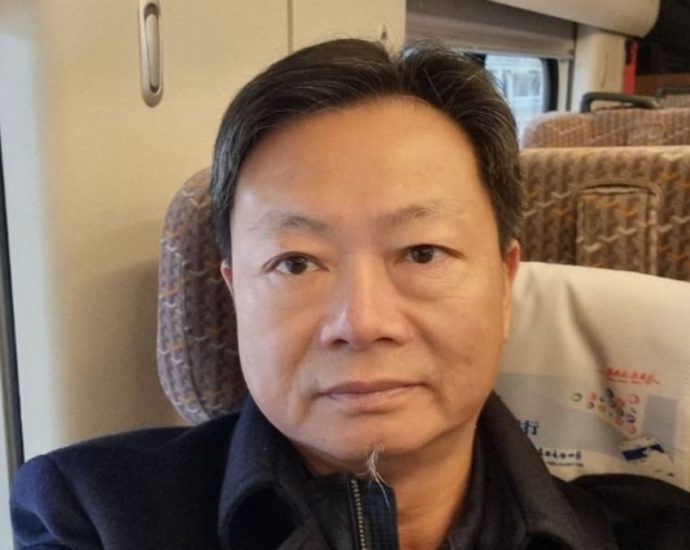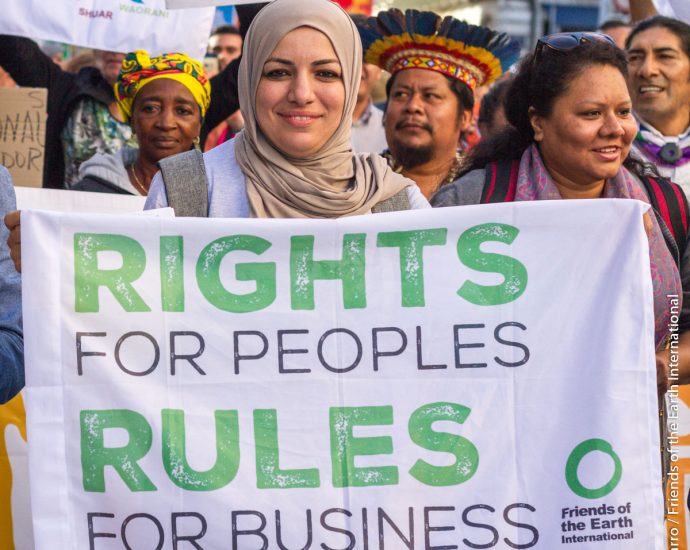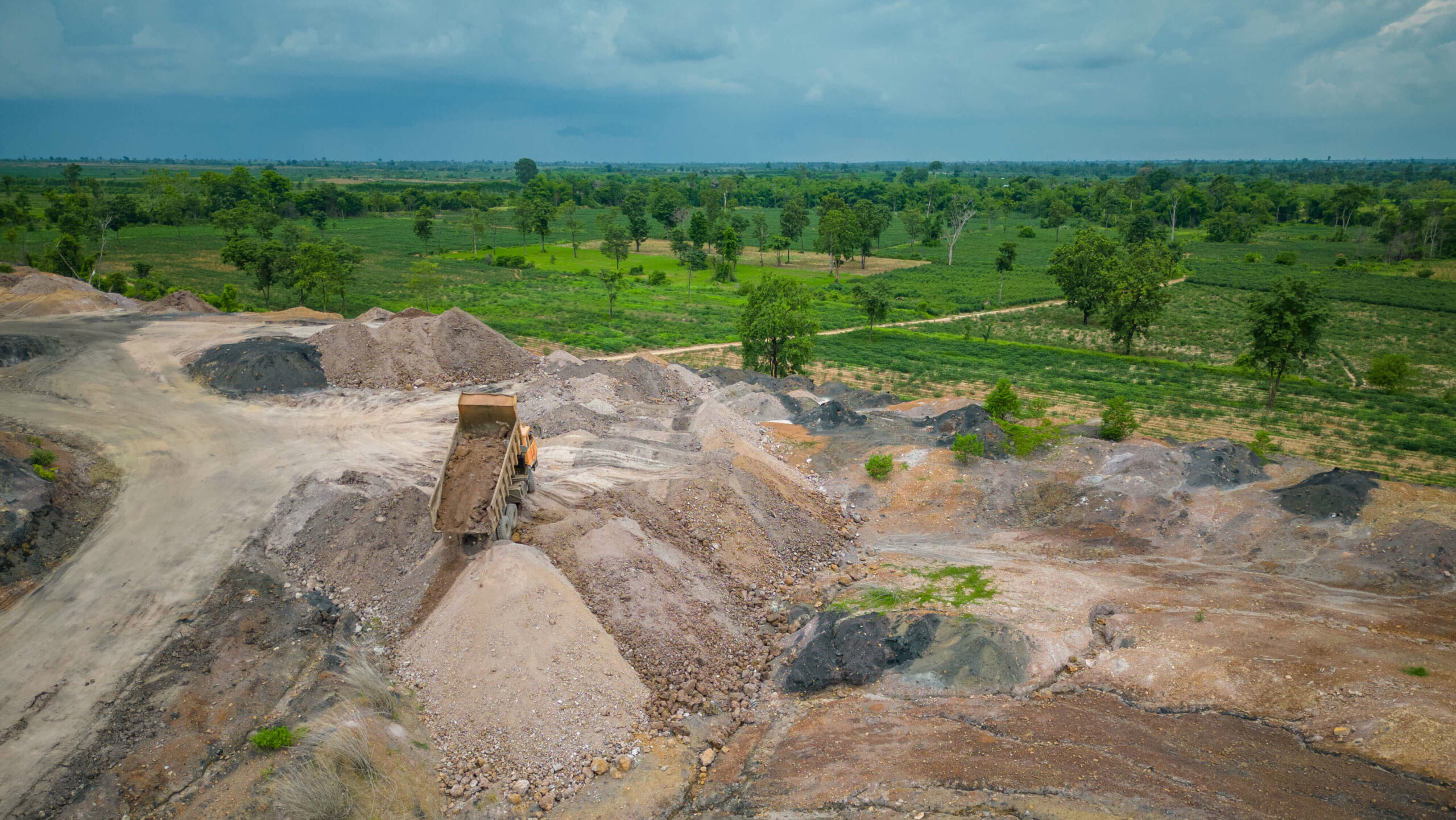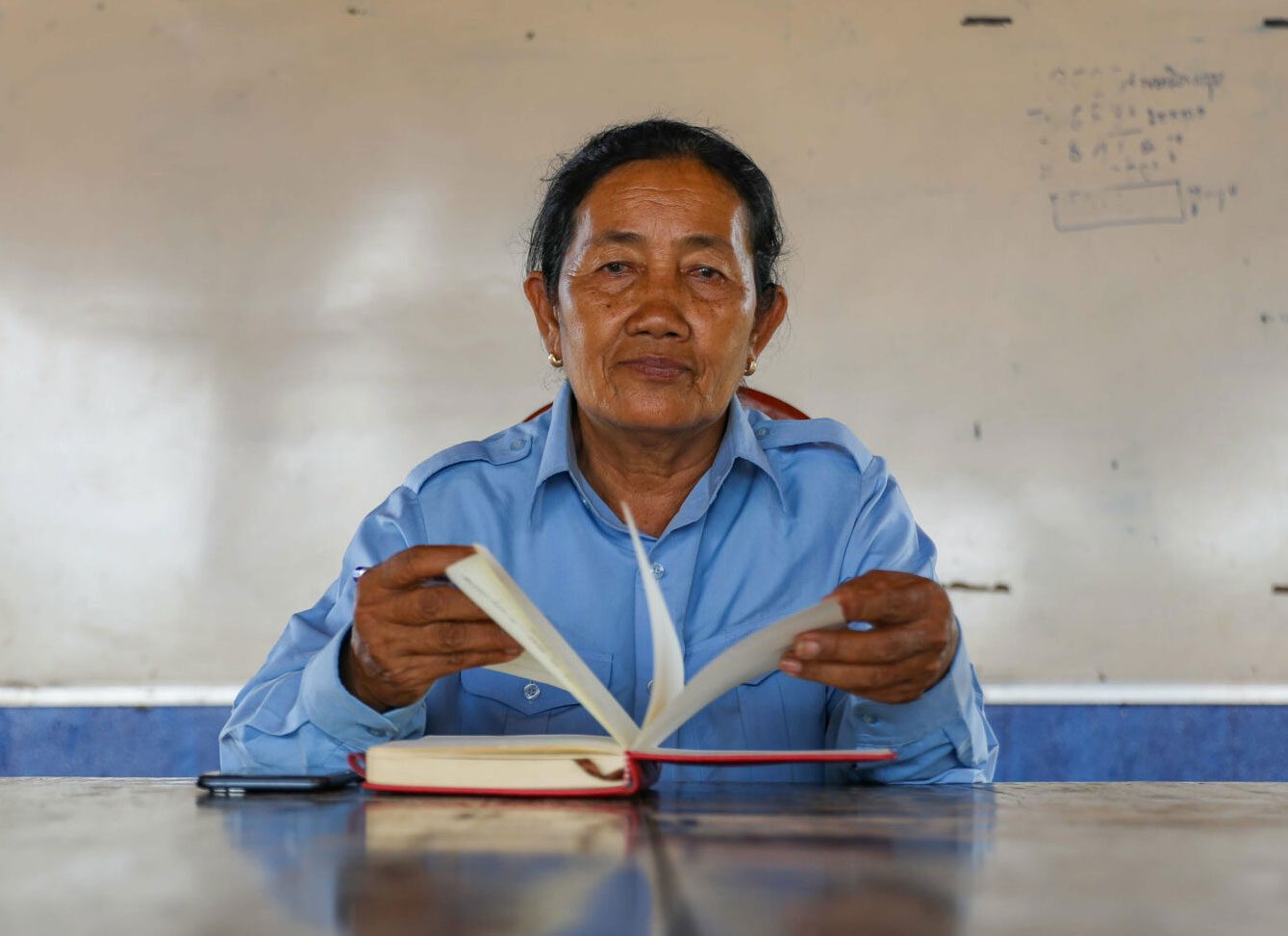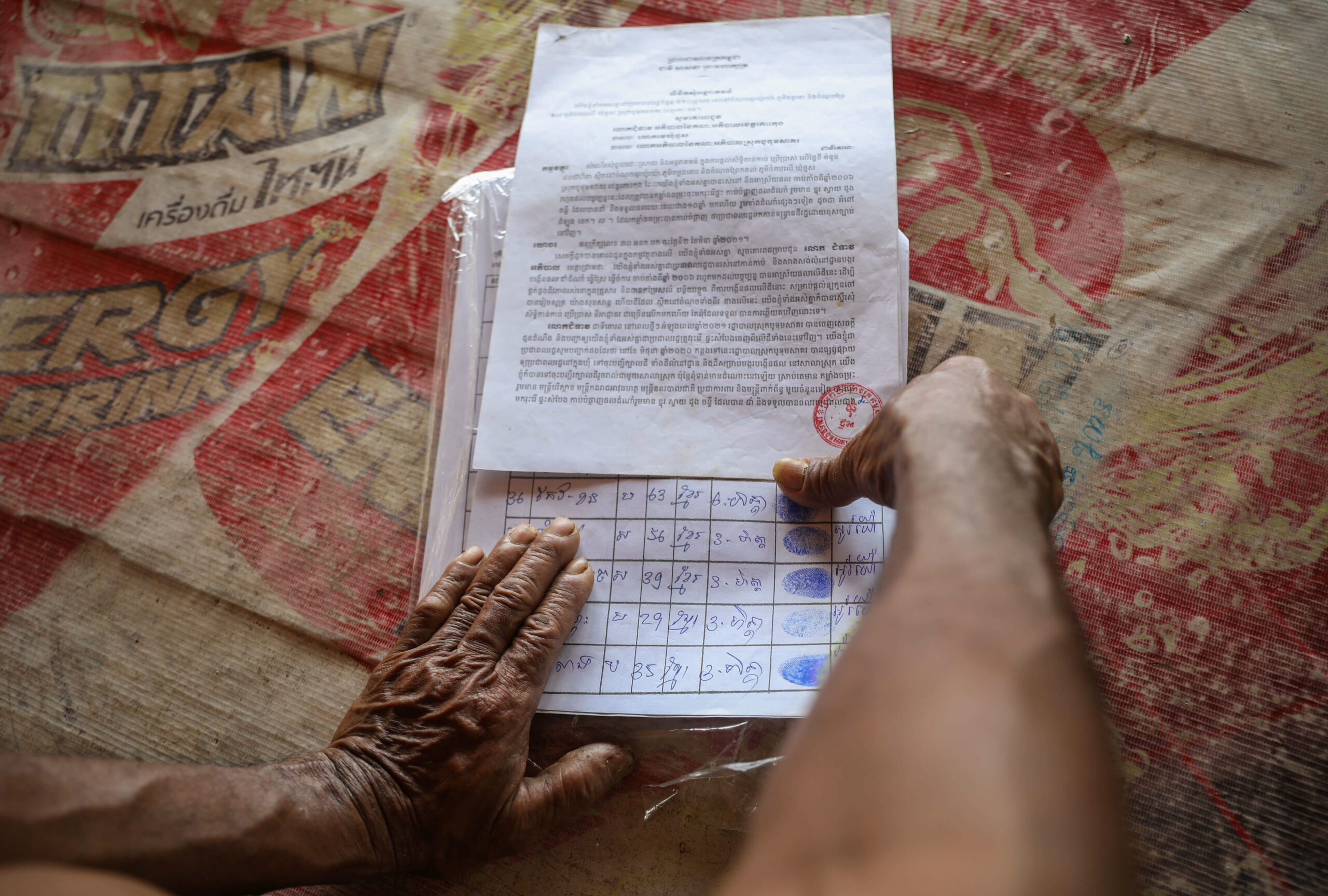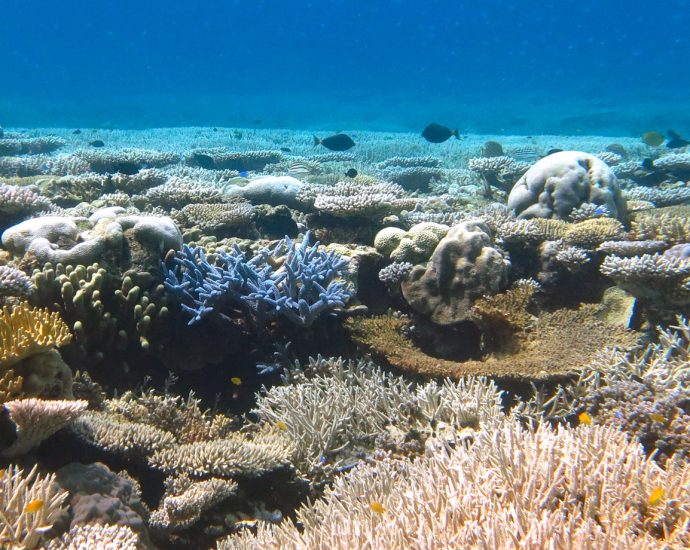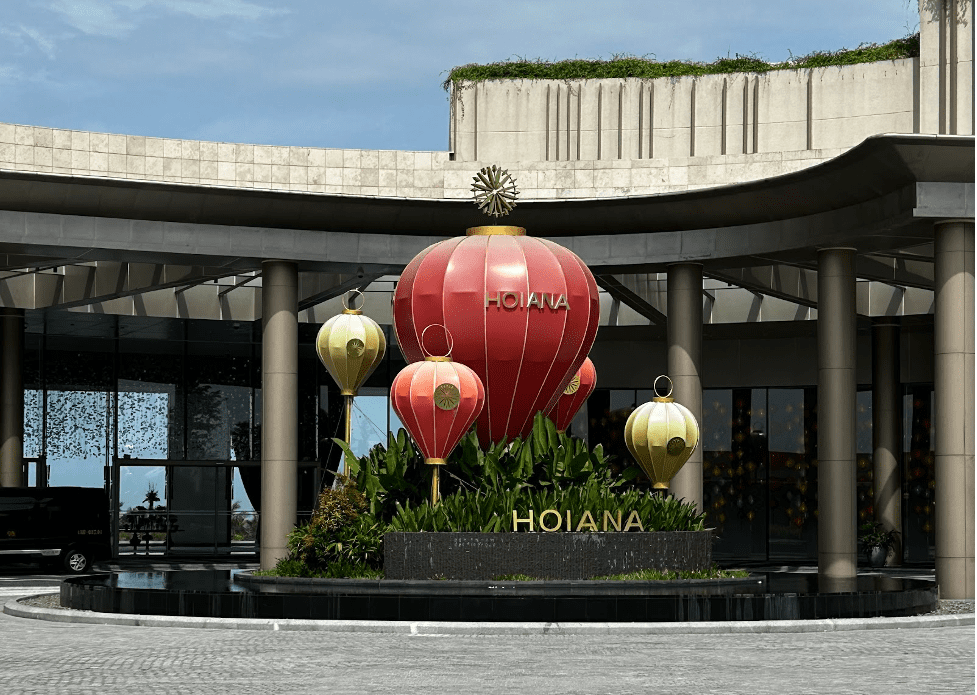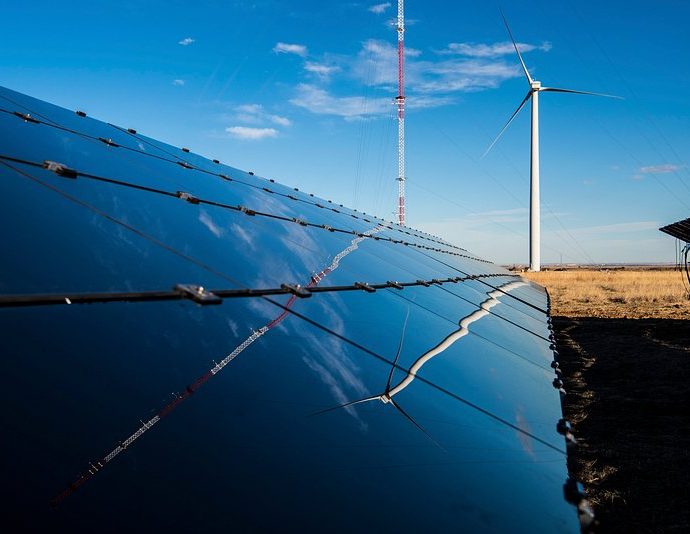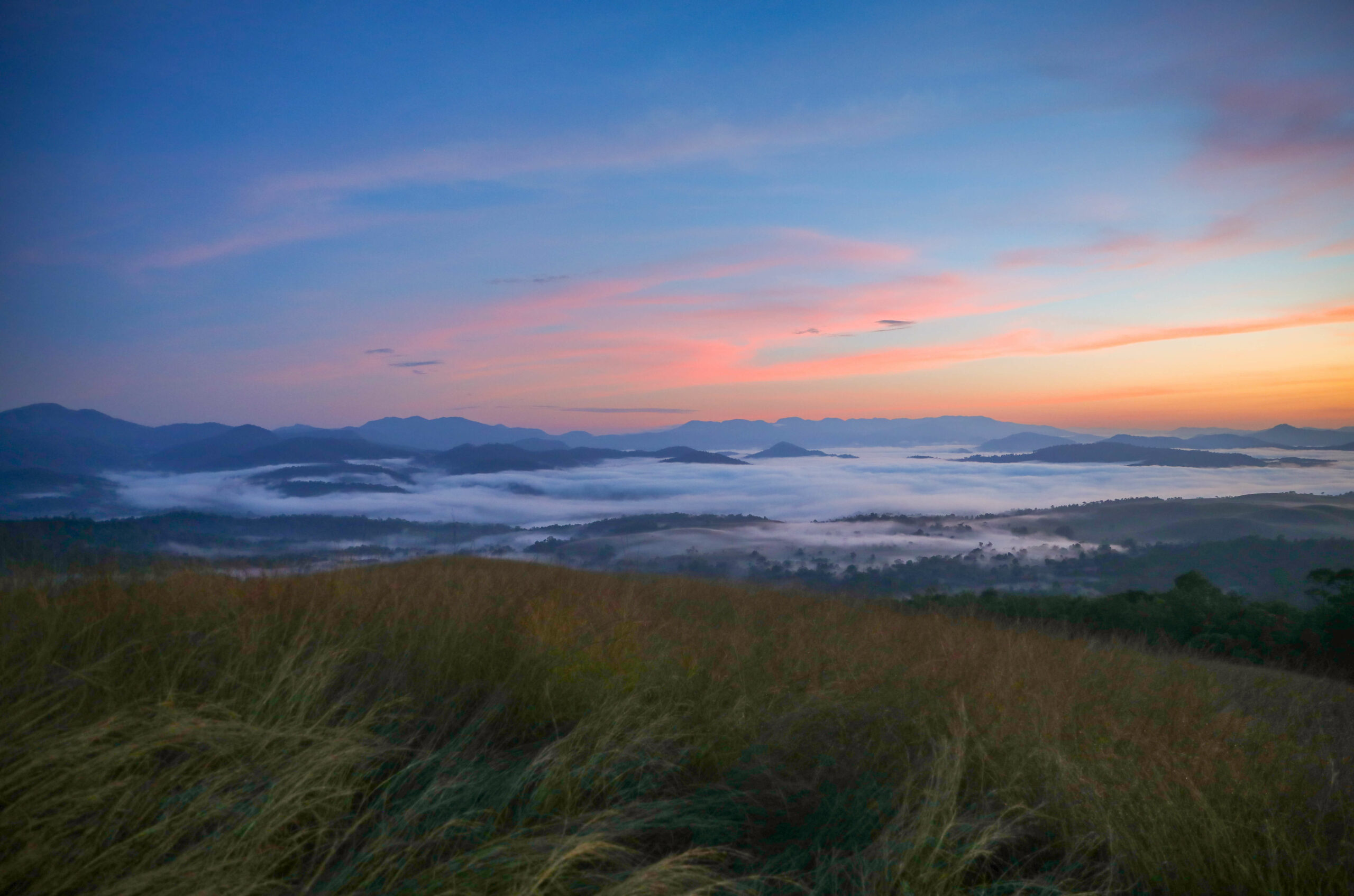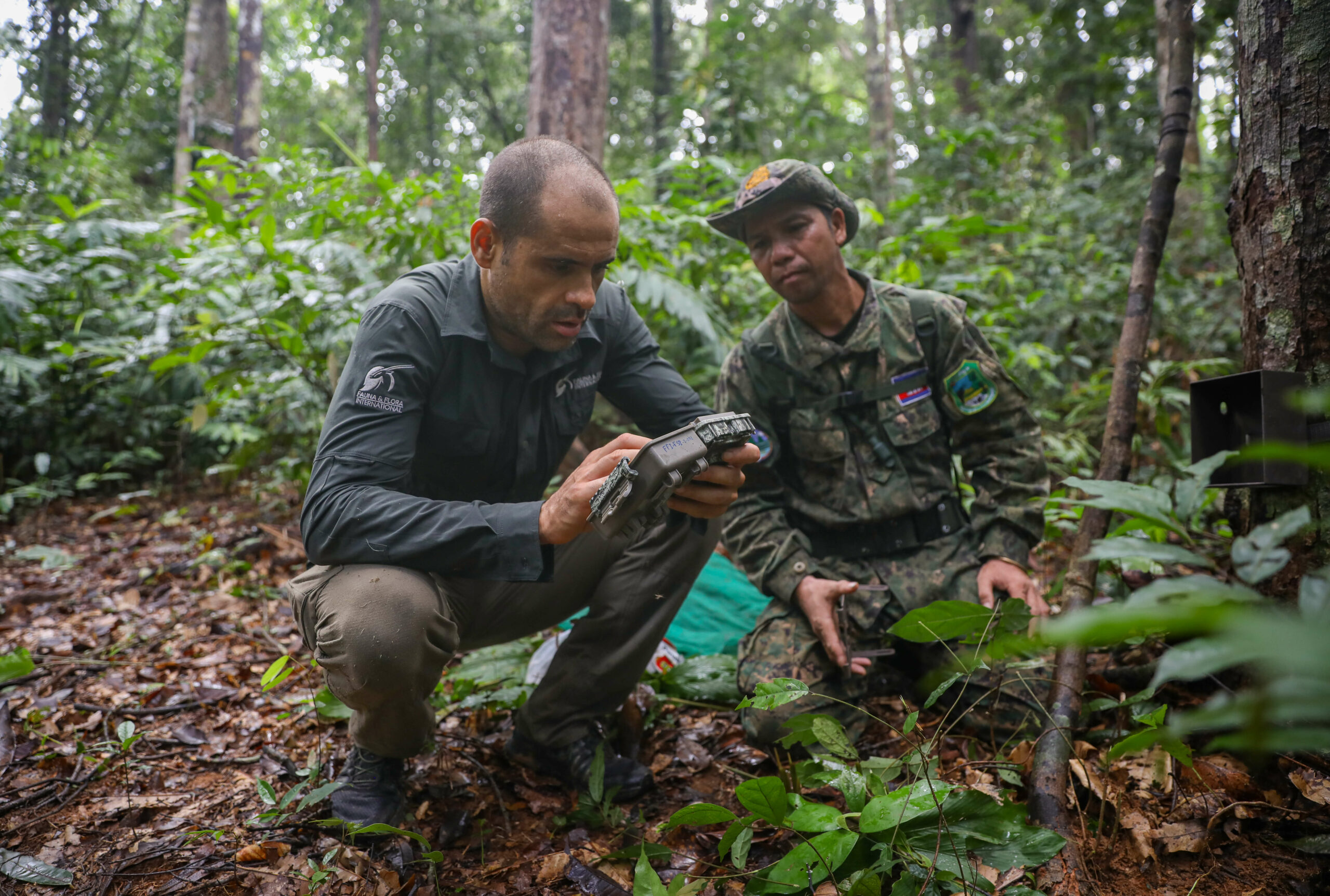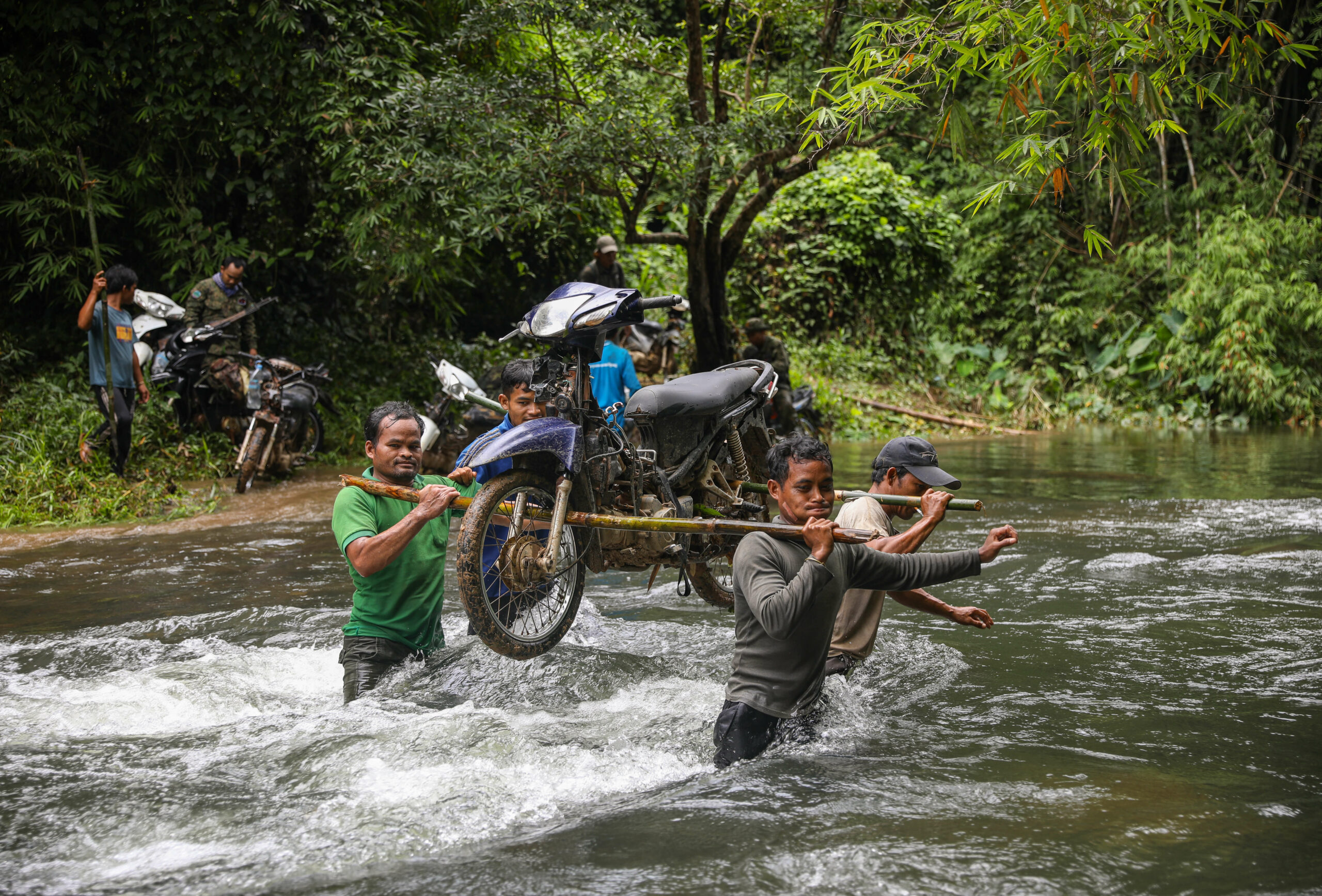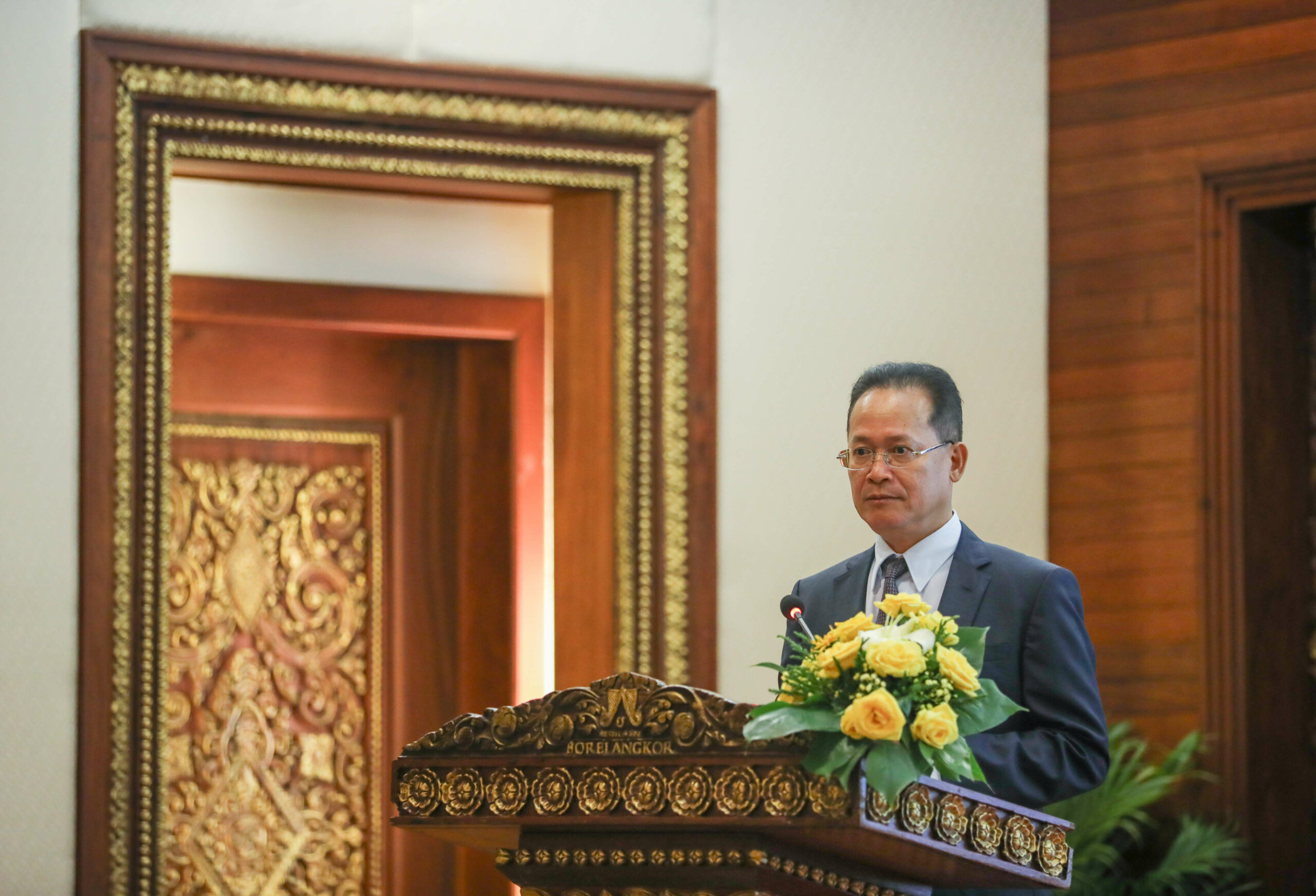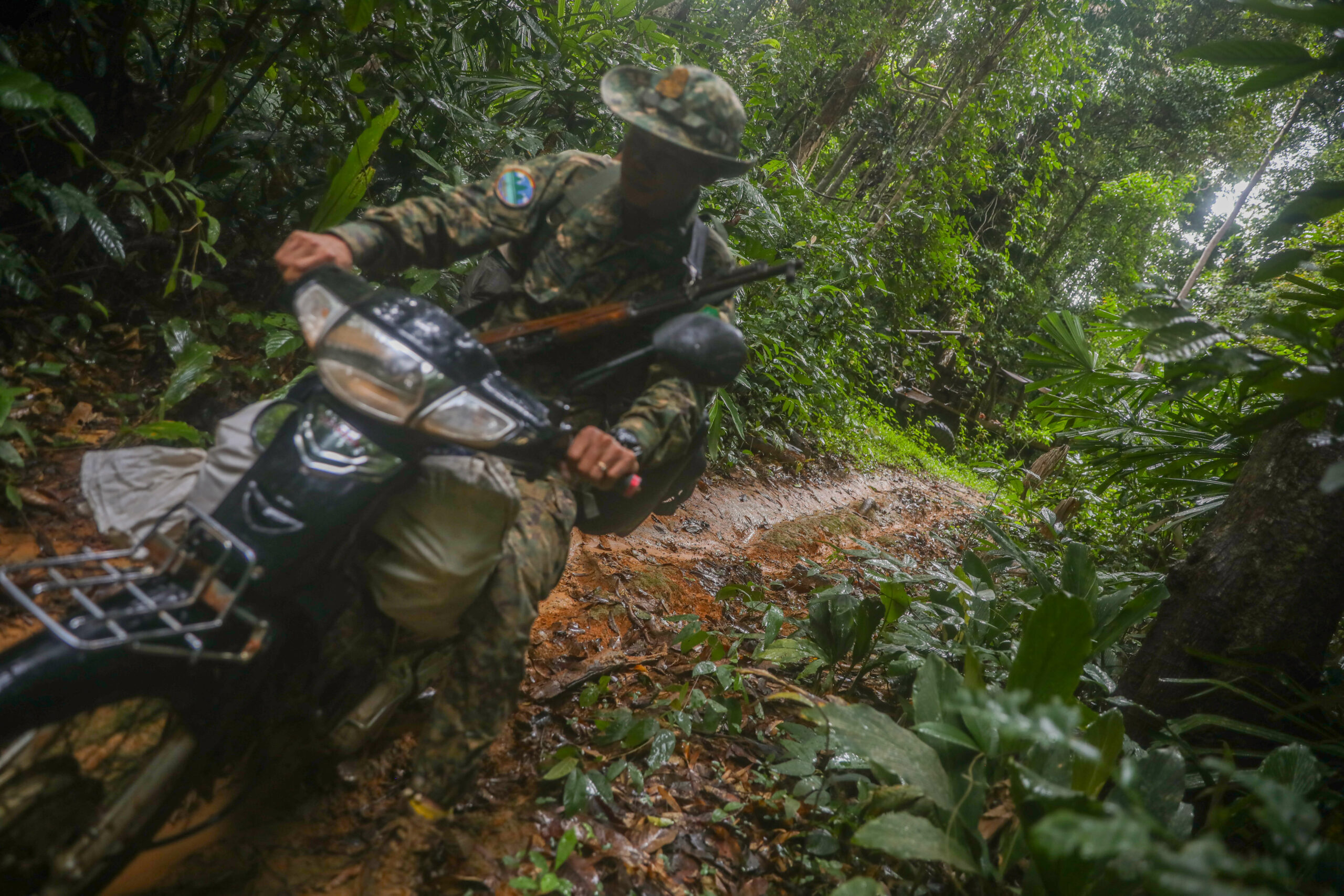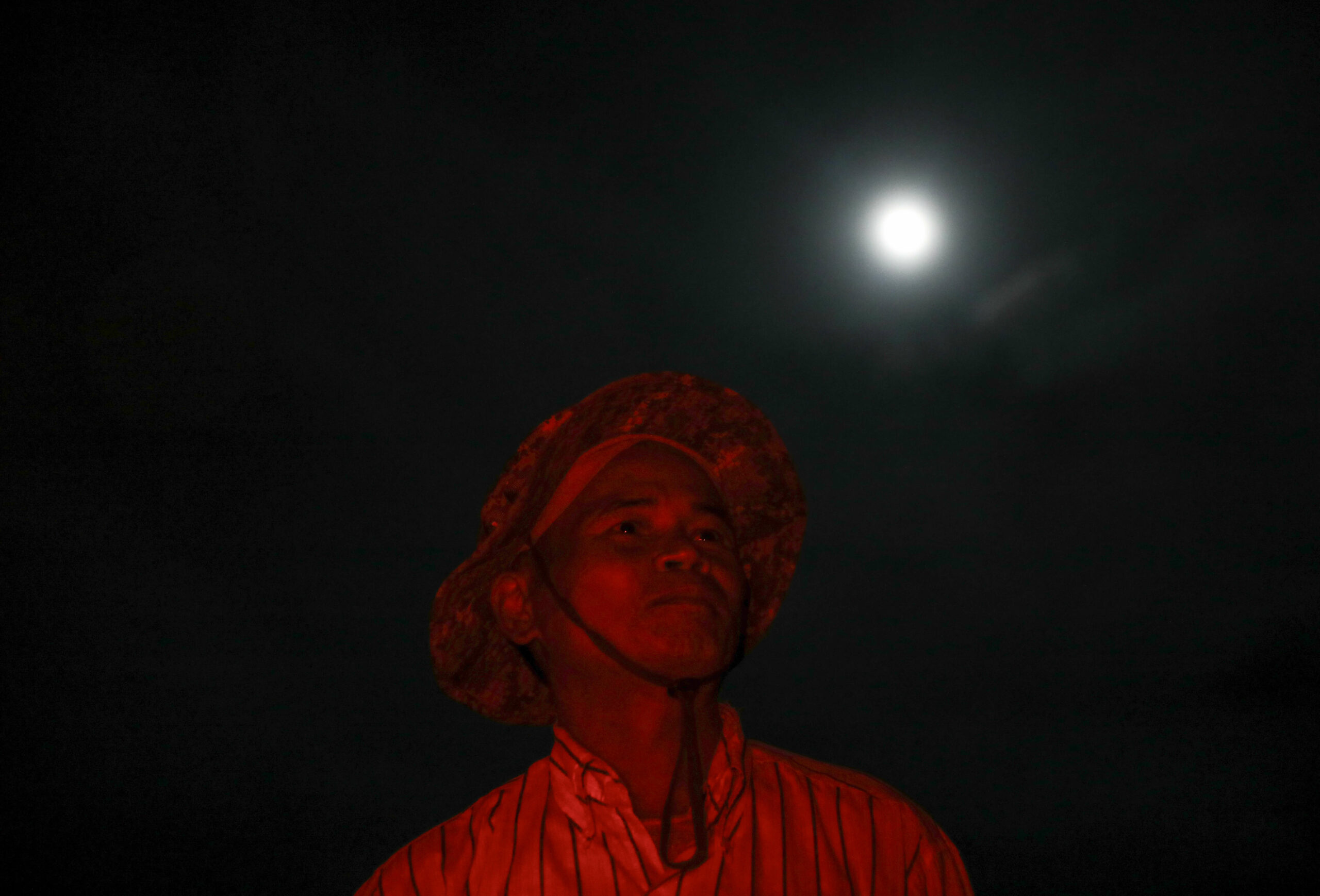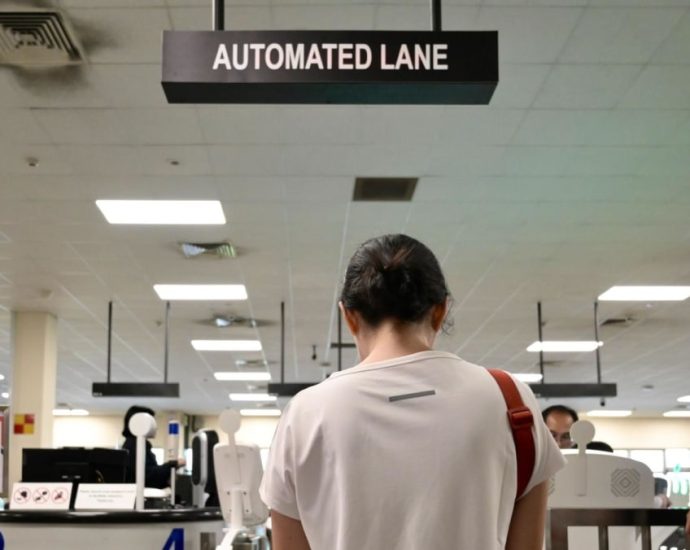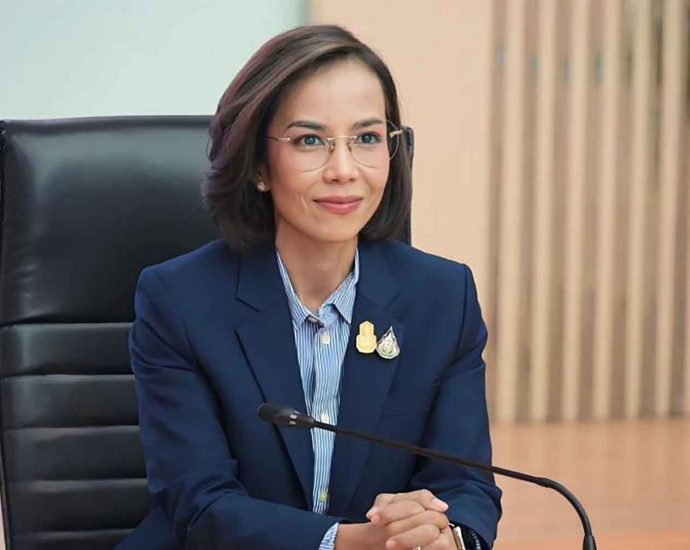Woman fined for unauthorised access of bank records to check on lover’s ex-wife

SINGAPORE: A woman working for Standard Chartered Bank illegally accessed banking information belonging to her lover’s ex-wife.
She wanted to see if the ex-wife had the money to repay debts she allegedly owed to her former spouse.
Camie Low Jia Mei, a 34-year-old Singaporean, was fined S$12,000 (US$8,900) on Monday (Feb 26).
She pleaded guilty to two counts under the Computer Misuse Act of unauthorised computer access, with another two charges considered in sentencing.
The court heard that Low was a relationship manager at StanChart’s Battery Road branch. Her boyfriend and her boyfriend’s ex-wife were also StanChart employees at the time.
Low was authorised to access the data of bank clients – mainly retail clients – she managed in the bank’s core computer system.
The system allowed bank employees to access customer and account data including names, addresses, NRIC numbers and account transaction histories.
At the time, Low was dating the man who had divorced his wife.
The ex-wife was also an employee at the bank, and also was a client in what they called “staff client”. However, she had her own relationship manager and Low was not her manager.
On five occasions between June 2020 and November 2020, Low sought help from a branch service manager at Battery Road who could access the data of all the bank’s clients in the system.
Low lied that she wanted to access data from one of her own clients and was granted access to the branch service manager’s computer.
Low then used the computer to conduct unauthorised searches on her boyfriend’s ex-wife.
The bank’s closed circuit television cameras captured Low writing notes and taking photos of the computer screen with her phone.
On another three occasions between June 2020 and November 2020, Low approached a branch operations manager to access some data.
She claimed it was for “general enquiry” and was granted access to her superior’s computer.
Low again accessed her boyfriend’s ex-wife’s information and took notes and photos.
The offences were uncovered through the bank’s internal investigations.
Low was placed on administrative leave in November 2020. A corporate internal investigator with the bank lodged a police report in January 2021, and Low was fired a month later.
She admitted to using her colleagues’ computers to conduct unauthorised searches on her boyfriend’s ex-wife to get access to her data.
She explained that she wanted to check if the ex-wife had received or withdrawn money from a joint bank account she had with her ex-husband, or any of her personal bank accounts, during the course of her divorce proceedings.
Low also wanted to know if the woman had money to repay certain debts she allegedly owed her ex-husband.
Subsequently Low added in her statements to the authorities that she wanted to find out the woman’s potential as a customer.
Deputy Public Prosecutor Maximilian Chew asked for a fine of between S$12,000 and S$16,000 for Low.
He said there was a high potential for harm, as the data concerned confidential bank information and records and could have been easily misused.
However, he said he had considered Low’s guilty plea and clean record.
The penalties for unauthorised computer access are a jail term of up to two years, a fine of up to S$5,000, or both.


